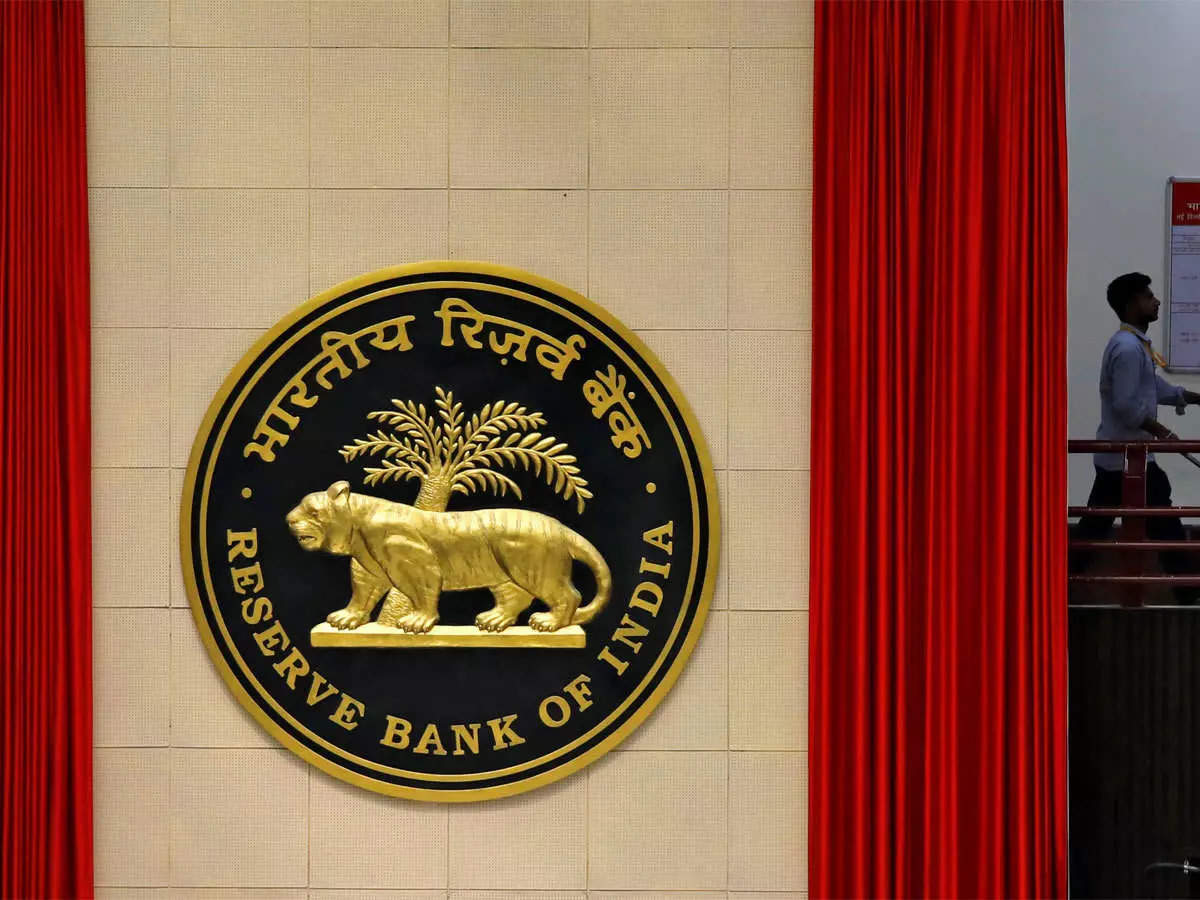“Inflation is projected to average 4.5% in 2024-25, and, therefore, the current policy rate of 6.5% translates into a real rate of 2%,’’ Varma wrote in the minutes of the meeting of the last policy review. “The time has come for the MPC to send a clear signal that it takes its dual mandate of inflation and growth seriously, and that it would not maintain a real interest rate that is significantly more than what is needed to achieve its target.’’
But the members from the central bank led by the governor are a lot more cautious given that behaviour of inflation in the past have caught policy makers on the wrong foot.
“At this juncture, monetary policy must remain vigilant and not assume that our job on the inflation front is over,” said Governor Shaktikanta Das. “We must remain committed to successfully navigating the ‘last mile’ of disinflation which can be sticky. As markets are front-running central banks in anticipation of policy pivots, any premature move may undermine the success achieved so far.’’
The MPC in its last meeting kept the policy repo rate, the rate at which RBI lends to banks, unchanged at 6.5 percent, and monetary stance remained focused on withdrawal of accommodation. But Varma differed with the rest and voted for a cut and a change in stance. While food prices, which are driven by seasonal factors, have been the main component of the Indian Consumer Price Index worrying policy makers, there appears to be a shift in the way it works.
TRANSITORY IMPACT
“The experience of the past year suggests commodity price shocks may now be short lived and may not raise inflation persistently,’’ said Ashima Goyal, an external member. “Then it would not be necessary to keep rates high just because supply shocks are expected in the future. But we could wait to test this for some more time.’’But those in the central bank believe past history suggests that bringing it down to the target in the last phase has been more challenging than capping it from asteeper climb. “Successfully managing the final descent of inflation is the most challenging part of the journey and the history of past 100 inflation episodes teaches us that inflation shock, in general, tends to be persistent,’’ said Rajiv Ranjan, executive director, RBI.
“Markets are currently running ahead of policy makers worldwide including India. Any change in policy direction is going to have amultiplier effect.’’ Although growth may be sustaining and inflation might have come off from the peak, an equitable economy with the poor also participating in growth is possible only when inflation is brought down substantially to the target of 4% .
“Growth impulses are insulated from the volatility of international financial flows in a highly uncertain and unsettled global environment,’’ said Deputy Governor Michael Patra. “On the other hand, private consumption, which accounts for 57% of GDP, is languishing under the strain of still elevated food inflation. This is particularly telling in rural areas. Inflation has to be restrained to its target for growth to be inclusive and sustained.’’
(You can now subscribe to our Economic Times WhatsApp channel)










